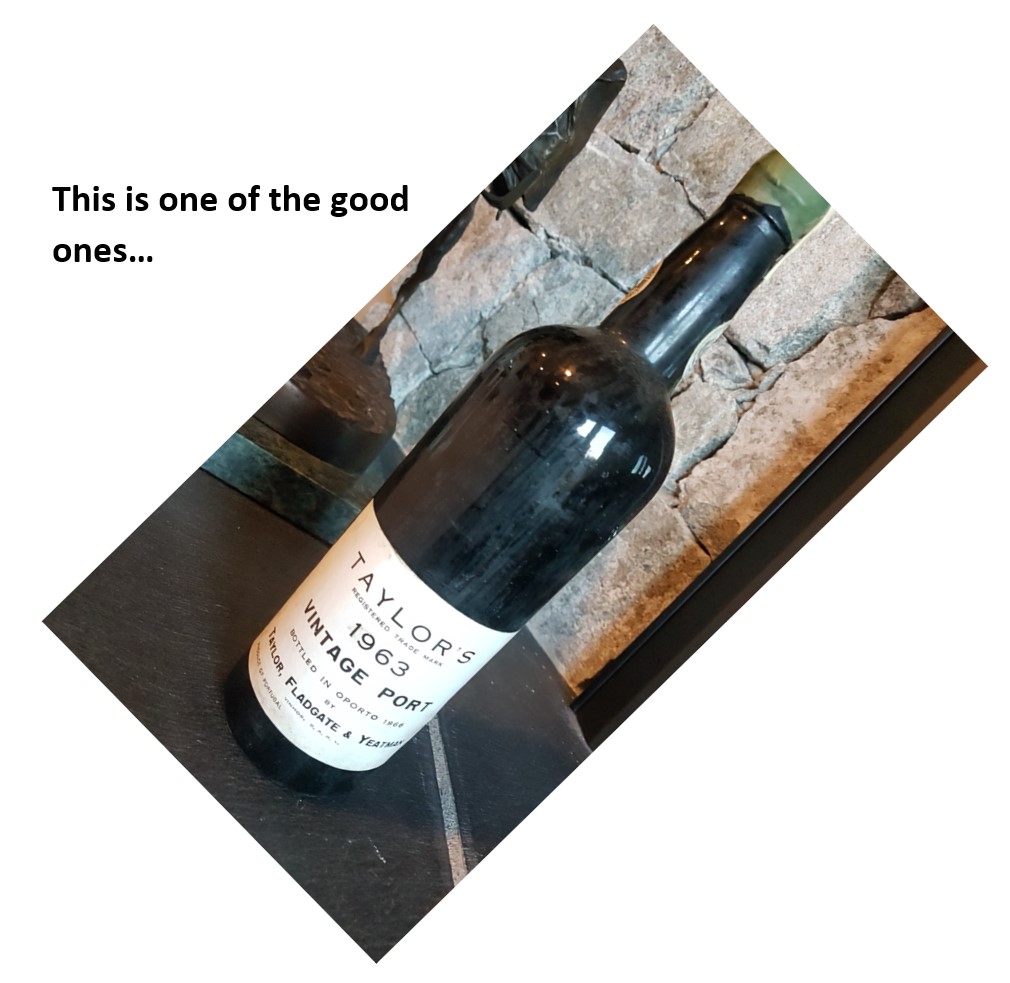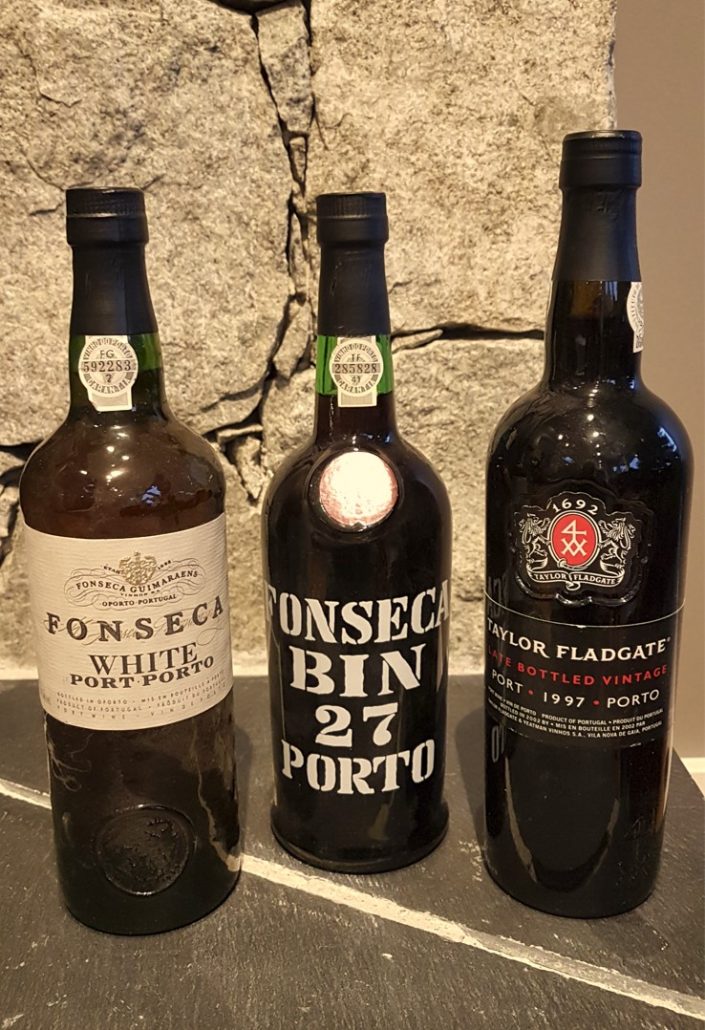(Article courtesy of Frank Gibson)
Typically during those seasons of the year that offer a cool evening, a compliment to a good meal is a wee pour of Port. There are basically 5 different types, and in this article I will provide the basic information of all of them.
Firstly, Tawny Port – rich & mellow wines aged in Oak casks for 10, 20, 30 or 40 years – once bottled they are ready to be enjoyed, they will not age any further and will not improve by extra bottle aging. They have delicious nuttiness flavors & aromas of butterscotch, with fine oak intensity as they age.
Secondly, Vintage Port – they are made from only the best grapes and only in outstanding years (normally only 3-4 vintages are declared in a decade). They are aged in vat for exactly 2 years and then are bottle aged/cellared for many decades, evolving year after year; and are considered to be some of longest lasting wines made (an English tradition was to buy a case of Port on the birth of a child and to start drinking it after their 18th or 21st Birthday). From personal experience, the 1963’s are still a remarkable treat.

But the remaining three will offer pleasure at an average cost savings of over $100 per bottle!
White Port – often regarded as an Aperitif libation and in Portugal, it is regularly served with a variety of olives. Two suggestions are Fonseca or Taylor Fladgate White Port.
Ruby Port – medium in body & tannin and is aged for a maximum of three years. It is a blend of several years of non-vintage ports. They have simple fruit aromas/flavours and may exhibit a slightly harsh alcohol character. Examples are Cockburn’s Fine Ruby, Grahams Fine Ruby and Fonseca Bin 27.
Late Bottle Vintage (LBV) – produced from a single year which must be bottled between 4-6 years after harvest. LBV Ports have been aged and bottled ready to drink, they are filtered and can be drunk without decanting. Examples of LBV Ports are Quinta dos Carvalhas and Taylor Fladgate. In my opinion LBV’s are the best “Bang for your Buck”.

If you happen to be unfamiliar with the joys of Port, I hope this short article might inspire trying something new!
Cheers,
– Frank Gibson